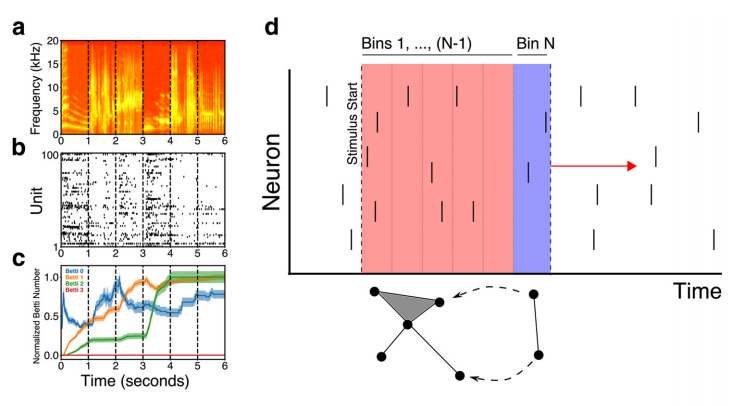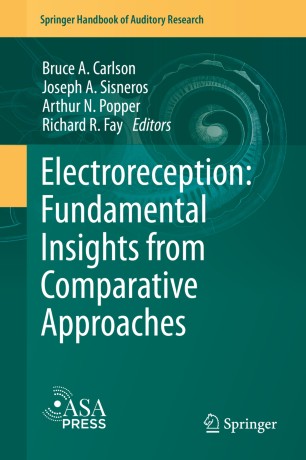Theilman, B., Perks K., Gentner, T. (2021). “Spike train coactivity encodes learned natural stimulus invariances in songbird auditory cortex,” Journal of Neuroscience, 41(1):73-88.

https://www.jneurosci.org/content/jneuro/41/1/73.full.pdf
Perks K., Krotinger, A., Bodznick, D. (2020). “A cerebellum-like circuit in the lateral line system of fish cancels mechanosensory input associated with its own movements,” Journal of Experimental Biology, 223.

https://jeb.biologists.org/content/jexbio/223/4/jeb204438.full.pdf
Montgomery, J. & Perks, K. (2019). Understanding cerebellum in vertebrate neuroethology: From sensing in sharks and electric fish to motor sequences in movement and birdsong. Behavioral Neuroscience, 133(3), 267–281.

https://pubmed.ncbi.nlm.nih.gov/31008629/
Perks, K. & Sawtell, N. B. (2019). “Influences of motor systems on electrosensory processing,” in Electroreception: Fundamental Insights form Comparative Approaches, eds Carlson B. A., Sisneros J. A., Popper A. N., Fay R. R. (New York, NY: Springer; ), 315–338. 10.1007/978-3-030-29105-1_11

Perks K.E., Gentner, T.Q. (2015). “Subthreshold membrane responses underlying sparse spiking to natural vocal signals in auditory cortex,” European Journal of Neuroscience, 41(5):725-33.

https://www.ncbi.nlm.nih.gov/pmc/articles/PMC4347871/pdf/nihms649397.pdf